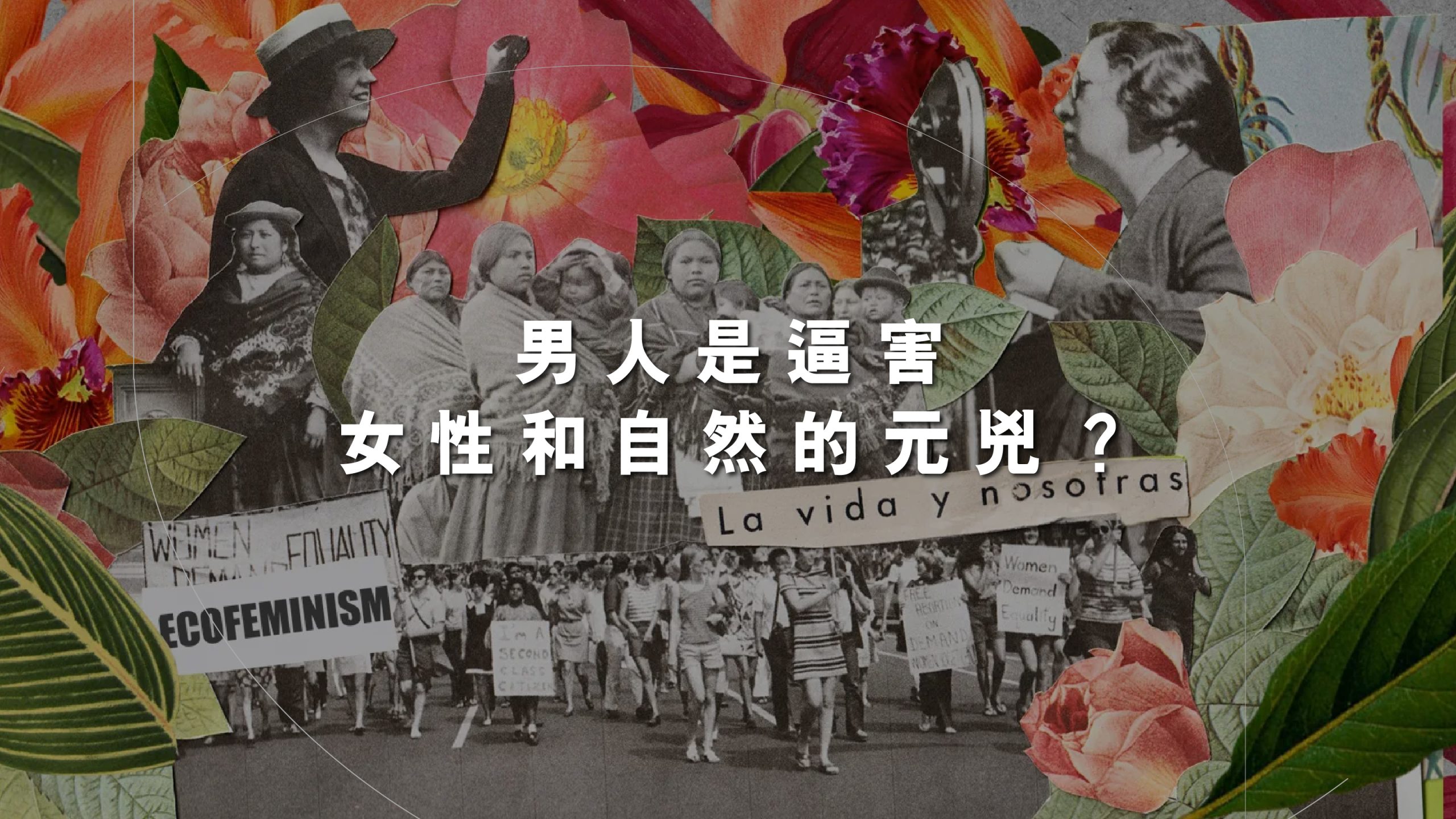From the dawn of time, the natural world has been esteemed as the “Mother of Nature”, a moniker that transcends simple designation to deeply affirm the intrinsic bond between women and the wild. This unique kinship, spanning the annals of time from archaic matriarchal societies to our contemporary era, is a recurring motif across diverse cultures and legends.
In the rich tapestry of myths both in the East and the West, women have consistently been portrayed as custodians, healers, and creators of the natural realm. Take, for instance, Demeter in Greek mythology, consort to Zeus and the goddess of harvest and fecundity, who infused the earth with vitality and bestowed upon mankind the wisdom of agriculture. In Hindu lore, Parvati, the mountain goddess and sister to the Ganges deity, embodies the vigor and gifts of nature. Similarly, in Chinese mythos, the goddess Nüwa is revered for crafting humanity and mending the heavens, thus symbolizing a merger of maternal instincts and creative prowess. The archetype of “Mother Earth” is a universal emblem of growth, mirroring the innate maternal instinct to nurture life, akin to the earth’s capacity to foster life.
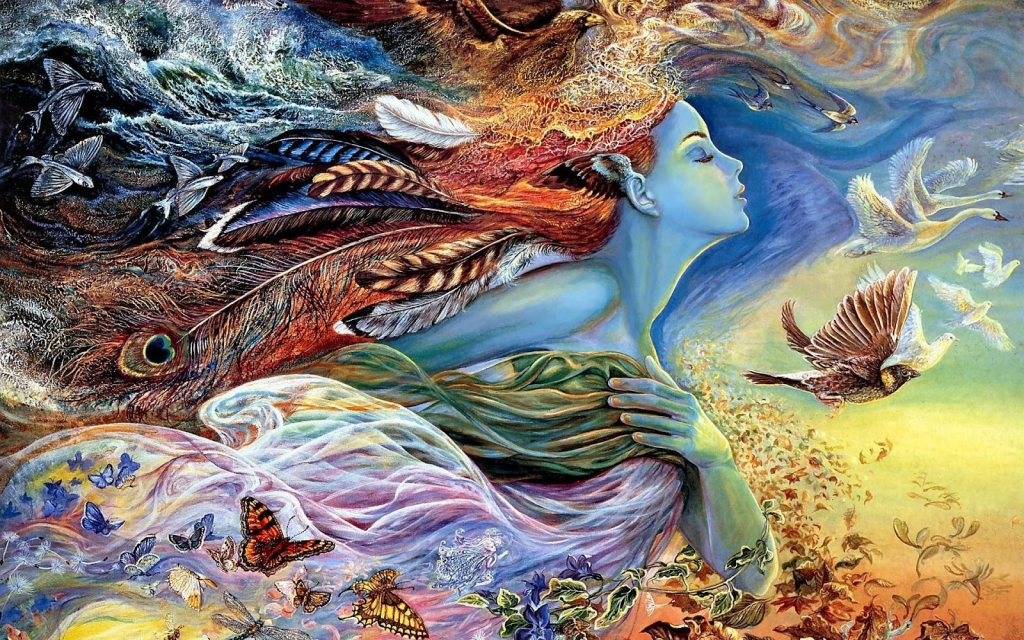
This veneration of the nexus between women and nature is also prominent in indigenous cultures. Amongst various tribes, women are not merely conduits of life but are also guardians of wisdom and tradition. They steward water sources, cultivate the land, and uphold the ecological equilibrium. In the traditions of North American natives, women are the gatherers of medicinal herbs and sustenance, imparting lessons of living in consonance with nature. In agrarian societies, the connection between women and the soil is starkly evident, they are the laborers of planting and harvesting, as well as the custodians of age-old agricultural wisdom.

With the ascendancy of environmental consciousness, ecofeminism emerged, marrying environmental conservation with feminist thought, thus becoming a significant facet of contemporary Western feminist discourse. Conceived by French author Francois d’Eaubonne in her 1974 seminal work Le Féminisme ou la mort (Feminism or Death), ecofeminism burgeoned in the 1980s and 1990s. It underscores the pivotal role of women in environmental stewardship and elucidates a profound link between the subjugation of women and the exploitation of nature under patriarchal ideologies. Ecofeminism posits that the resilience of nature in the face of human exploitation is a mirror to the societal injustices endured by women. It advocates for understanding the multifaceted interrelations between humans and the natural world through a gendered lens, urging that strides in women’s empowerment and environmental conservation should progress hand in hand.
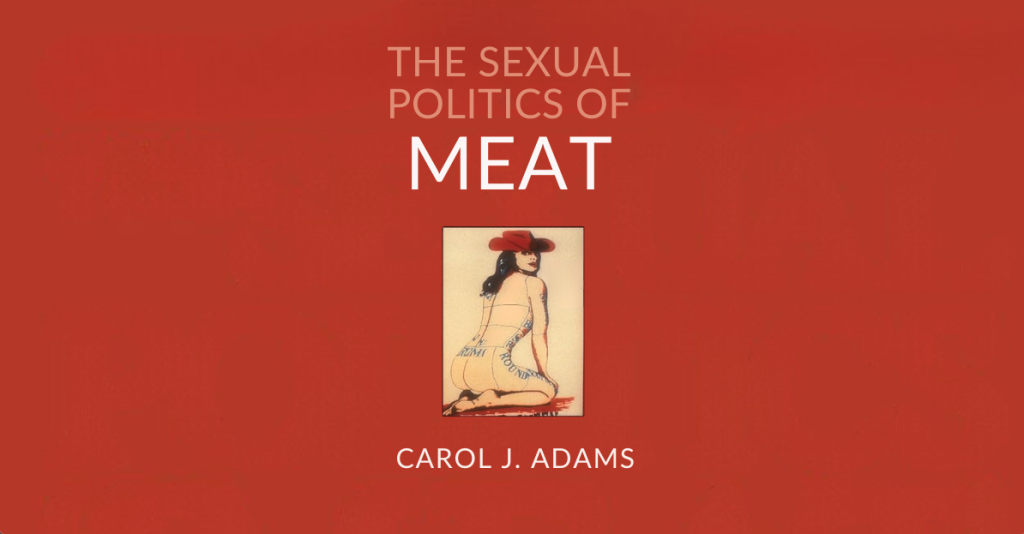
For example, Carol J. Adams’s ecofeminist magnum opus The Sexual Politics (1970) of Meat delves into the culture of meat consumption, questioning the stereotypical gendered food choices and their cultural implications. This narrative exposes how such societal norms perpetuate oppression against both “women” and “animals”.
In contemporary society, women transcend their symbolic roles in myths and legends, they are instrumental in actualizing environmental, climate change, and sustainable development initiatives. Women’s influence is evident from grassroots environmental activism to global policymaking. An exemplar of this impact is Wangari Maathai, founder of The Green Belt Movement. Her initiative, focused on tree planting to combat land desertification, not only revitalizes the environment but also empowers local women, granting them greater agency and voice.

Ecofeminism extends beyond theoretical contemplation, it is a clarion call for mindful action. This philosophy urges the recognition and reverence of the deep-seated connection between gender and ecology, propelling the movement towards gender parity and environmental preservation in the modern era. Through recognizing and fortifying the role of women in ecological systems, we stride towards a future that is more harmonious and sustainable. Wangari Maathai, the pioneer of The Green Belt Movement and an erudite in biology and anatomy, stands as a testament to this fusion of roles.
In the face of escalating global temperatures and severe climatic shifts, the Tai Kwun Contemporary Art Museum unveils “Green Snake: women-centred ecologies”. This exhibition is a manifestation of the intertwined narratives of art and ecology. It focuses on artists’ utilization and revival of various cosmologies tied to ecology and female-centric knowledge. The title “Green Snake”, inspired by the renowned Chinese legend “The Legend of the White Snake”, accentuates themes of female empowerment, sisterhood, and fluidity in gender identity. The exhibit showcases a collective of over 30 artists and art groups from 20 countries, displaying more than 60 pieces. Each artwork draws upon myths and worldviews centered around women, offering profound insights into ecofeminism and its influence on contemporary art and societal movements.
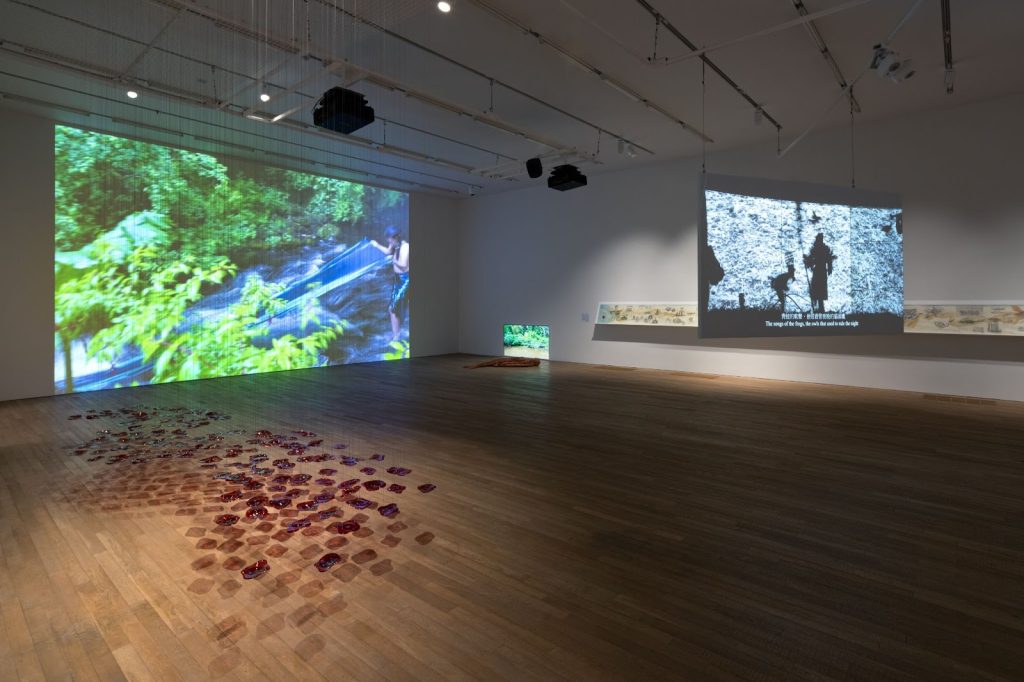

Yet, ecofeminism is not devoid of criticism. It challenges the binary opposition of male versus female, yet paradoxically positions women and nature in contrast to masculinity. In today’s society, which advocates for gender fluidity and embraces non-Western cultural frameworks, ecofeminism doesn’t entirely capture these complex realities. Broadly speaking, its advocacy transcends the mere link between women and nature, opposing all forms of dominion and oppression.
To delve further into ecofeminism beyond academic treatises, Nandini Sahu’s anthology “Shedding the Metaphors” (2023) is highly recommended. It melds natural world imagery with allegorical narratives about women’s plight in a patriarchal world, weaving together gender, sexual orientation, and class issues to highlight the systemic exploitation of women and nature.
Ecofeminism, an amalgam of ecological sensitivity and feminist advocacy, celebrates the enduring and essential bond between women and nature. From ancient narratives to modern environmental crusades, the role of women in nurturing and preserving nature is paramount. This connection goes beyond mythic representation, forming a crucial element in the pursuit of environmental sustainability and gender equality. As the world grapples with environmental crises, the significance of women’s roles becomes ever more crucial. Ecofeminism, with its holistic approach and intersectional analysis, provides a unique lens combining the struggle for gender equality with the imperative of environmental conservation. It’s a call to acknowledge and honor the intricate links among all life forms, striving towards a balanced and sustainable future where both nature and women are cherished and safeguarded.
Green Snake: women-centred ecologies
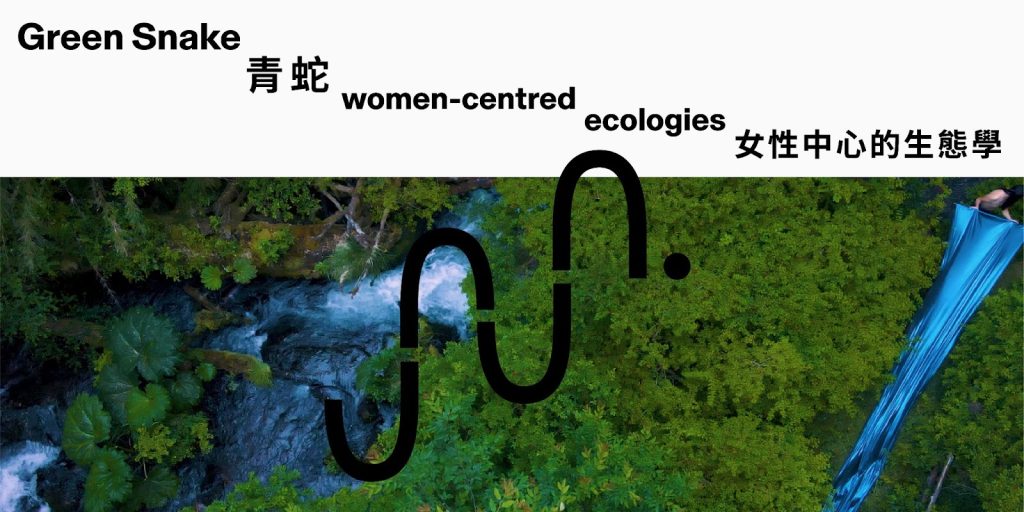
Date: 20 December, 2023 – 1 April, 2024
Time:11am – 7pm(Closed on Mondays)
Location: 1/F JC Contemporary & F Hall, Prison Yard
Photo source: Art Abyss, Tai Kwun, SCI planet, Teen Vogue, Hansel Obando, revista IDEES

